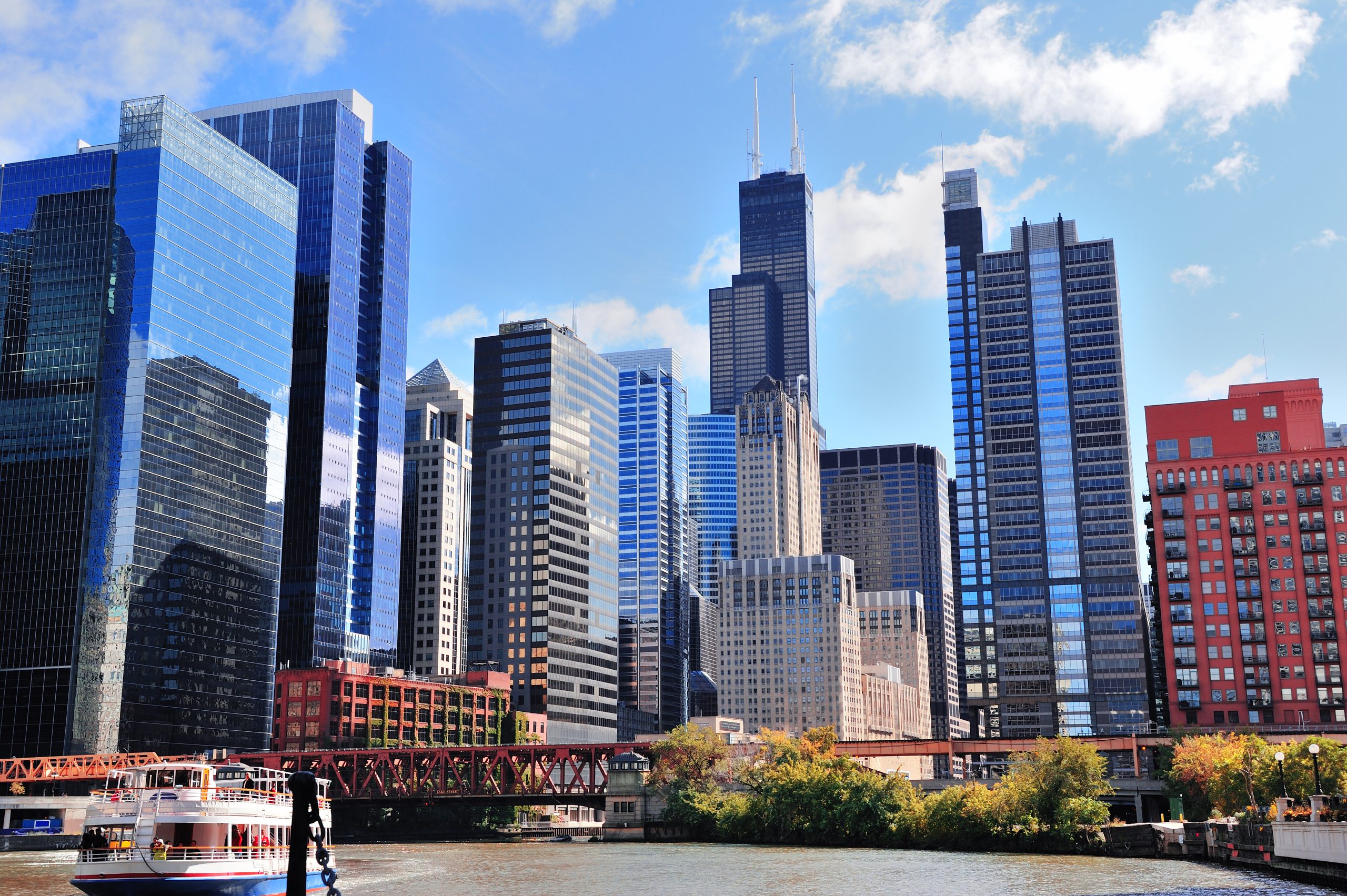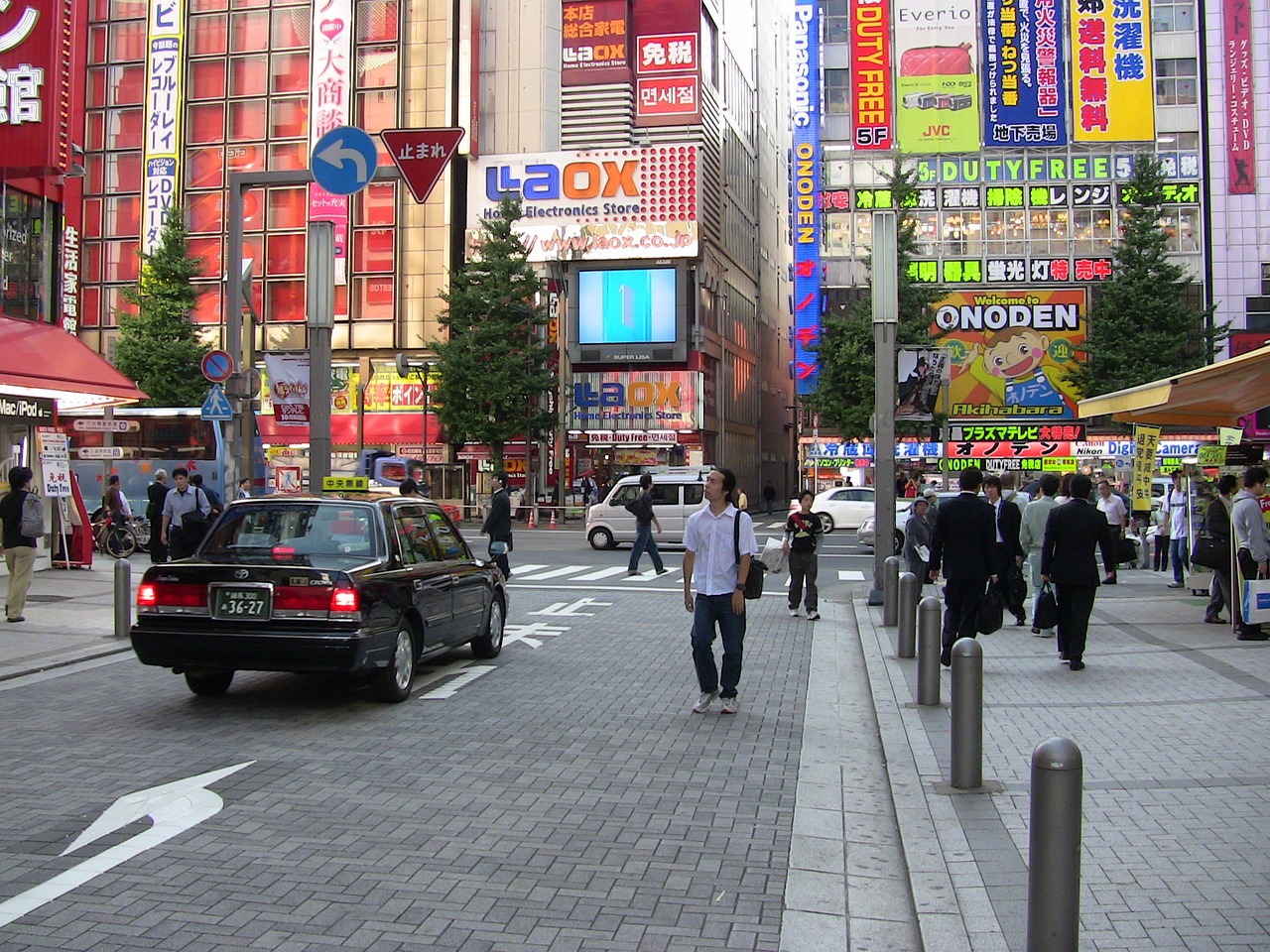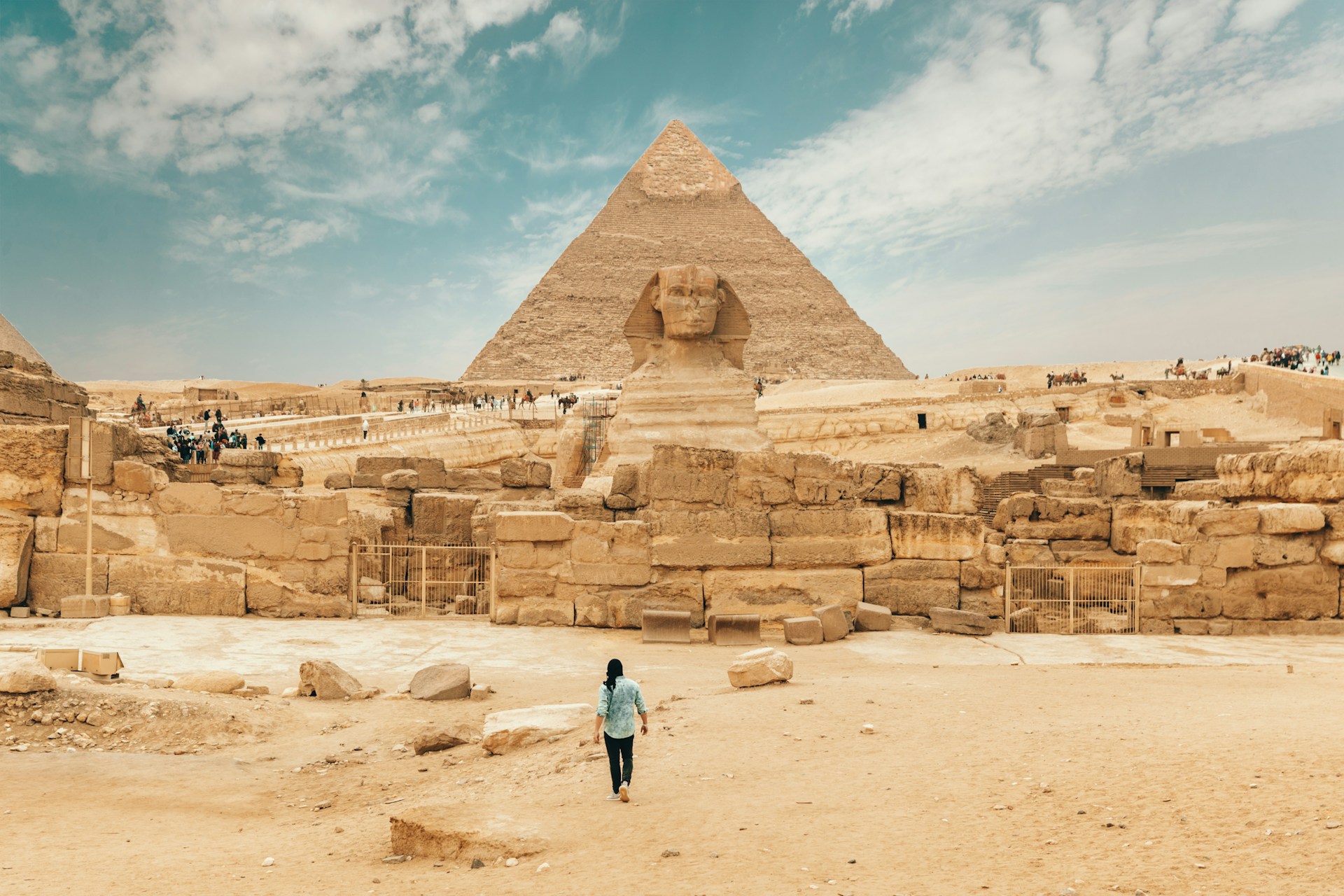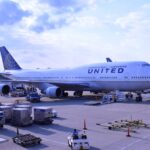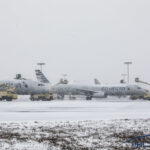Traveling has become increasingly popular, and as a result, finding the least busy month to travel can be a challenge. In this article, we will analyze various factors such as climate, regional differences, and tourism trends to determine the best time of year to enjoy a peaceful getaway. By understanding these factors, you can take advantage of off-peak travel times to enjoy lower prices, fewer crowds, and a more relaxed atmosphere.
Climate Considerations
One of the most significant factors influencing travel patterns is climate. People typically prefer to travel during favorable weather conditions, which often correspond with peak tourist seasons. However, this can also mean that certain destinations will be less crowded during their respective off-seasons.
Winter Destinations
Winter months, particularly January and February, are generally considered to be the least busy months to travel. This is primarily due to the colder temperatures in many parts of the world. However, if you’re a fan of winter sports or looking to visit destinations with stunning winter landscapes, this may be the ideal time for you.
Tropical Destinations
In tropical regions, the least busy months to travel usually correspond with the rainy season. While these months (typically May to October) can bring less favorable weather, they also mean fewer tourists and lower prices. If you don’t mind getting a bit wet, you might find that the trade-offs are worth it.
Regional Differences
The least busy month to travel can vary greatly depending on the region you are considering. Let’s examine a few popular destinations around the world:
Europe
January and February are generally the quietest months to travel in Europe, with the exception of winter sports destinations. During these months, you’ll find fewer tourists at popular attractions and lower accommodation prices. However, some tourist sites may have reduced hours or be closed altogether.
North America
In North America, the least busy month to travel is typically January. The holiday season has ended, and cold temperatures dominate much of the continent. However, you may still find crowds at popular ski resorts and winter sports destinations.
Asia
The least busy month to travel in Asia varies depending on the specific country or region. In general, the off-peak months tend to be during the rainy season, such as May to October in Southeast Asia, and the winter months in East Asia.
South America
In South America, the least busy months to travel are typically May to September. During these months, the weather is cooler, and the peak tourist season has not yet begun. However, this can also be an ideal time to visit destinations like Machu Picchu, as the cooler temperatures can make the hike more enjoyable.
Tourism Trends
Another factor that can help determine the least busy month to travel is to examine tourism trends. By understanding when most people are traveling, you can identify the off-peak periods to plan your trip.
School Holidays
School holidays often lead to a surge in travel, with families taking advantage of the break to explore new destinations. In most countries, the busiest times tend to be during the summer months and around major holidays such as Christmas and Easter. By traveling outside of these periods, you can generally expect fewer crowds and lower prices.
Major Events
Large events and festivals can attract significant numbers of tourists, making certain destinations busier during these periods. Examples include the Olympics, World Cup, and major music festivals. By avoiding travel during these events, you can typically find quieter times to visit.
Conclusion
In conclusion, the least busy month to travel depends on various factors, including climate, regional differences, and tourism trends. Generally, January and February are considered to be the quietest months for travel, particularly in Europe and North America. However, regional differences and seasonal factors can impact this generalization. For example, tropical destinations often experience a lull in tourism during the rainy season, and Asia’s off-peak travel periods vary depending on the country or region.
To identify the best off-peak travel time for your desired destination, consider researching the local climate, school holidays, and any major events that may draw crowds. By doing so, you can take advantage of lower prices, fewer crowds, and a more relaxed atmosphere during your vacation.
Keep in mind that certain attractions and tourist sites may have reduced hours or be closed altogether during off-peak times. However, with proper planning and a flexible mindset, you can still enjoy a memorable and stress-free getaway during the least busy months to travel.


